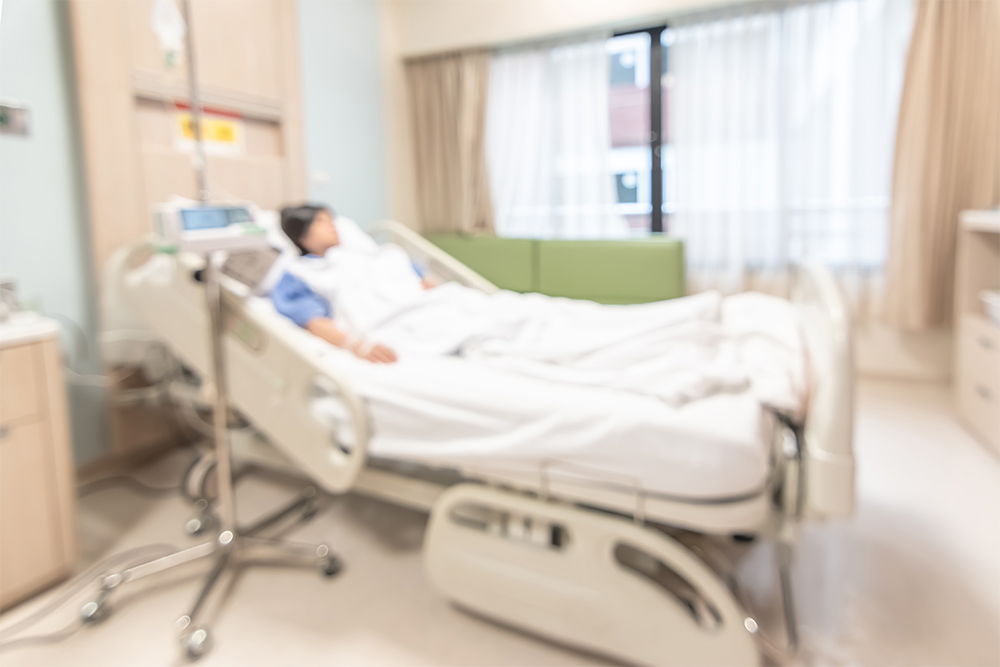Contact Us




Medical care is expensive. With COVID-19 cases rising at an alarming rate, ICU beds got exhausted, and healthcare facilities are finding it increasingly difficult to cater to all patients in need. However, a cost-effective and marginally safer alternative is available. There are certain agencies and healthcare institutions that provide intensive care setups at home. It allows for critically ill patients and those suffering from moderate to severe COVID-19 symptoms and infections to get the help they need at home.
These sorts of setups decrease the wait for a bed in a hospital or risk themselves to the exposure of other sick patients. With that being said, people must only resort to intensive care at home when the patient’s condition is severe. For example, if they are suffering from critical cases of pneumonia or other terminal illnesses, it is recommended to opt for an ICU setup at home.
3. Bedsore management – Prolonged periods of bed rest can result in ulcers on the parts of the skin on which you are lying down. This can cause severe infections to the patient and decelerate the recovery process. An alpha mattress must be provided to avoid this, and the patient’s dressing must also be changed 2-3 times a day.
4. Power backup – In case of a power cut, the equipment and machines should have an alternative power supply to prevent the recovery process from facing hindrances.
This is a rough breakdown of an ICU home setup cost to give you a brief idea of the price range while opting for it. It will also help you understand the pros of a home setup compared to a hospital ICU.
| Sr No. | Item | Price |
| Medical equipment | Rs. 10,000 – Rs. 25,000 per day | |
| Critical care nurse for 24 hours | Rs. 5,000 per day | |
| Doctor consultations f | Rs. 3,000 per visit | |
| Caregiver available 24 hours | Rs. 4,000 per day | |
| Regular COVID-19 care package | Rs. 6,000 per day onwards |
According to a professional, an ICU set up at home is less than 50% of the hospital cost. A hospital ICU would cost you Rs. 25,000 to Rs. 30,000 per day while a home ICU setup would cost you Rs. 10,000 to Rs. 15,000 a day.
Home ICU setups benefit from receiving quality healthcare at a considerably lower price with the same treatment as you would get in a hospital. This allows for safer and more convenient treatment and recovery. In addition, such facilities prove that during a crisis, the healthcare system pulled together to their best abilities to offer their facilities to those in dire need.